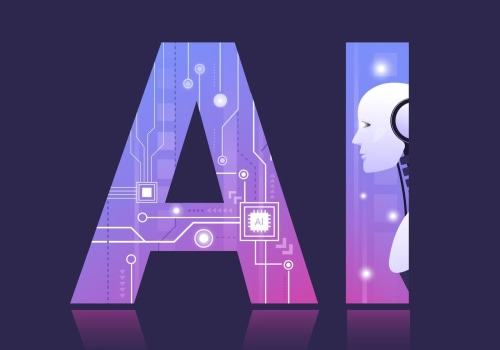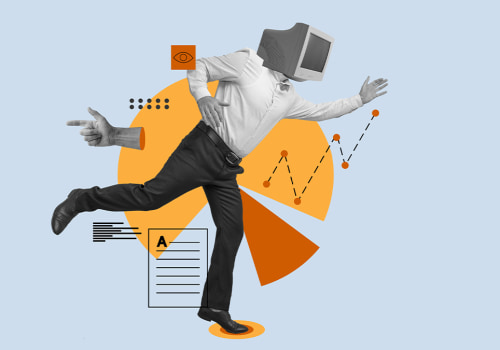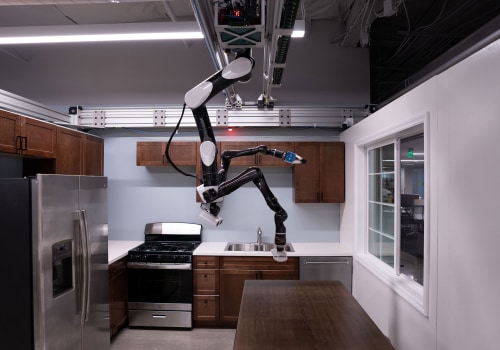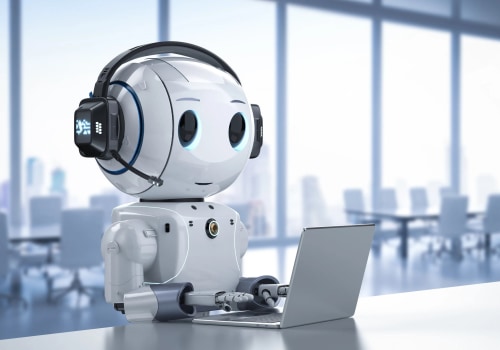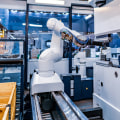Artificial Intelligence (AI) is a powerful technology that has been utilized in various industries, such as medicine, education, marketing, gaming and manufacturing, to automate workflows and processes, provide more personalized experiences to customers, predict market trends and develop autonomous intelligent vehicles. It is also being used to enhance the capabilities of Augmented Reality (AR) and Virtual Reality (VR).AR enhances the environment by adding digital elements to a live view, usually through a smartphone's camera. VR is a completely immersive experience that replaces a real environment with a simulated one. AI can be used to create more realistic and attractive content for AR and VR applications.
For instance, medical students can use augmented reality for training, as well as to superimpose medical data from CT scans and MRIs directly onto patients. AI as a service can be employed to create virtual reality and augmented reality applications in various ways. AI-powered platforms can be used to develop applications that are more interactive and engaging. AI-based algorithms can be used to create more realistic 3D models for virtual reality applications. AI-driven analytics can be used to track user behavior in virtual reality environments and provide insights into how users interact with the application. AI-based natural language processing (NLP) can be used to create more immersive experiences in virtual reality applications.
NLP can be used to generate realistic conversations between virtual characters or between the user and the virtual environment. AI-driven facial recognition technology can be used to create more realistic avatars for virtual reality applications. AI-powered machine learning algorithms can be employed to create more accurate simulations of real-world environments for augmented reality applications. Machine learning algorithms can be used to detect objects in the environment and generate 3D models of them for augmented reality applications. AI-driven analytics can also be used to track user behavior in augmented reality environments. AI as a service can also be utilized to create more efficient workflows for developing virtual reality and augmented reality applications.
AI-powered platforms can be employed to automate the development process, allowing developers to focus on creating content rather than on coding. AI-driven analytics can also be used to track user behavior in virtual reality and augmented reality applications.

